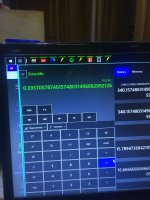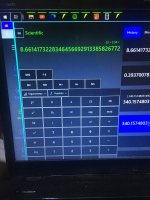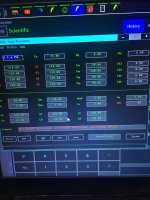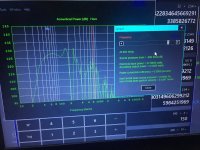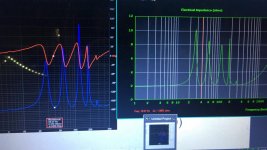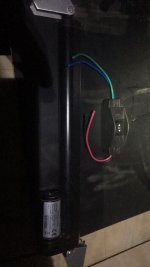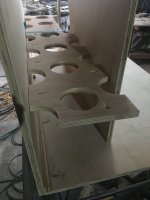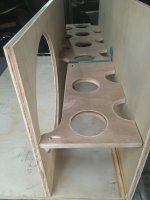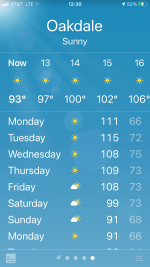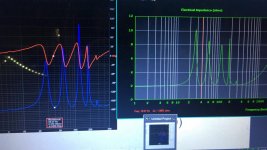i dont understand 😝😝🤦🏼♂️
864/2.54
is 340.15748031496062992125984..(as 8/2.54 numbers)
clearly 15708,31416,62832,125664(as pi numbers)
3456/1/4 86.4
a one meter pendulum (86.4) swings an arc of 30 degres in one second at the equator )
0.8660254(cosine /sine 60/30 etc with
1.7320508
is there a connection here?
just like 0.52360 (30 degrees on a circle ) is the volume of a sphere when radius is 0.5 vs 1.0 (4.1887) 240 degres on a circle
1 vs 8
1/2.54 is 39.37(1 meter)(pi plus 0.0010)
8/2.54 is 314.96(pi plus 0.0080)
is everything really a circle has in its diameter or reference to?
I just can’t come up with the answer but these numbers and units of measure and how they fall onto a sideways or a circle etc. are mind-boggling at some point? I need to be slapped in the face with a trigonometry book to be fair and honest I haven’t looked into them so long this could be some of the dumbest questions and most obvious answers and I keep diving into an even number harmonics and how they’re canceled out in the cold filtering look perfectly aligned qw pipes where there’s a unique set of numbers just like this that exist as well?
Hope most of it fades quickly in reality due to Q losses , TS parameter inaccuracies and the whole concept of damping too much too little etc. etc.etc.
but you can get a definite set of workable numbers in simulation because you can get rid of all that and see what the answers would be in an ‘ideal situation… (if found and not requiring damping? )
864/2.54
is 340.15748031496062992125984..(as 8/2.54 numbers)
clearly 15708,31416,62832,125664(as pi numbers)
3456/1/4 86.4
a one meter pendulum (86.4) swings an arc of 30 degres in one second at the equator )
0.8660254(cosine /sine 60/30 etc with
1.7320508
is there a connection here?
just like 0.52360 (30 degrees on a circle ) is the volume of a sphere when radius is 0.5 vs 1.0 (4.1887) 240 degres on a circle
1 vs 8
1/2.54 is 39.37(1 meter)(pi plus 0.0010)
8/2.54 is 314.96(pi plus 0.0080)
is everything really a circle has in its diameter or reference to?
I just can’t come up with the answer but these numbers and units of measure and how they fall onto a sideways or a circle etc. are mind-boggling at some point? I need to be slapped in the face with a trigonometry book to be fair and honest I haven’t looked into them so long this could be some of the dumbest questions and most obvious answers and I keep diving into an even number harmonics and how they’re canceled out in the cold filtering look perfectly aligned qw pipes where there’s a unique set of numbers just like this that exist as well?
Hope most of it fades quickly in reality due to Q losses , TS parameter inaccuracies and the whole concept of damping too much too little etc. etc.etc.
but you can get a definite set of workable numbers in simulation because you can get rid of all that and see what the answers would be in an ‘ideal situation… (if found and not requiring damping? )
Attachments
-
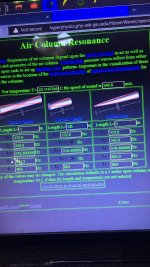 0E95195A-F56A-41E8-867B-41E99A30D052.jpeg637.2 KB · Views: 110
0E95195A-F56A-41E8-867B-41E99A30D052.jpeg637.2 KB · Views: 110 -
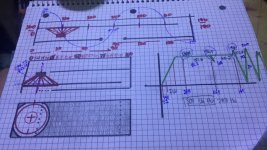 8D63F0CB-9263-4069-B900-B2B0C8B00463.jpeg496.2 KB · Views: 106
8D63F0CB-9263-4069-B900-B2B0C8B00463.jpeg496.2 KB · Views: 106 -
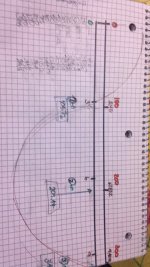 AA785D5C-4E34-459C-ACA6-051FB90D622B.jpeg448.1 KB · Views: 96
AA785D5C-4E34-459C-ACA6-051FB90D622B.jpeg448.1 KB · Views: 96 -
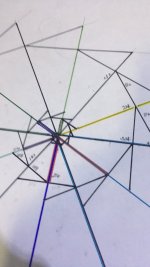 7DF98F83-9C3F-4666-8DEF-A45A798ABB03.jpeg344.3 KB · Views: 108
7DF98F83-9C3F-4666-8DEF-A45A798ABB03.jpeg344.3 KB · Views: 108 -
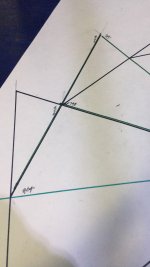 AC0CFB71-7464-4099-9388-8FB016DB729D.jpeg347.5 KB · Views: 106
AC0CFB71-7464-4099-9388-8FB016DB729D.jpeg347.5 KB · Views: 106 -
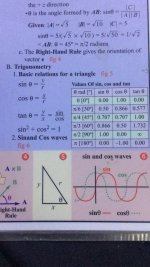 32C9ED2B-9E23-4CF9-9295-3A3C2073C451.jpeg429.8 KB · Views: 103
32C9ED2B-9E23-4CF9-9295-3A3C2073C451.jpeg429.8 KB · Views: 103
these decimals are foreshadowing forever it seems?
1/2.54?
2,4,8,16,32,64,128(50393(6)? not 39.37?
here’s the start (pic)
intersting is the freq equivalent
22/2.54 as 866 is 1 meter (39.37”)?
866(14)1732(28)3464(56)…
is pi and the speed of light or the number three in everything and we don’t even notice it? somebody shove a fork in my eye or my ear and put me out of my misery😝😝😝
1/2.54?
2,4,8,16,32,64,128(50393(6)? not 39.37?
here’s the start (pic)
intersting is the freq equivalent
22/2.54 as 866 is 1 meter (39.37”)?
866(14)1732(28)3464(56)…
is pi and the speed of light or the number three in everything and we don’t even notice it? somebody shove a fork in my eye or my ear and put me out of my misery😝😝😝
Attachments
The only reason I keep looking at all these things in from different angles no pun intended it’s because of the (parallel) quarterw ave pipes that line up to these frequencies or cancel them out above outside of the band (with are the ones that have the highest pressure at the fold and end points ) for the frequencies that are the 3×1/4 harmonic and it’s
crazy psig when you measure it!!!
Or try to seal it which is obvious as well by comparison to anything else.
I can’t really get a mouth big enough on this thing before I find the end of excursion due to the massive cone control either? So I end up putting theis waveguide (a short rectangle agsin ) that happens to be the same size as the collective switchbacks of rectangles make already when grouped nicely and conveniently
crazy psig when you measure it!!!
Or try to seal it which is obvious as well by comparison to anything else.
I can’t really get a mouth big enough on this thing before I find the end of excursion due to the massive cone control either? So I end up putting theis waveguide (a short rectangle agsin ) that happens to be the same size as the collective switchbacks of rectangles make already when grouped nicely and conveniently
this is a 80/80/80 cm on 80 cm in parallel version(no waveguide (L45 as40cm of 660cm2 in the measured impedance)The only reason I keep looking at all these things in from different angles no pun intended it’s because of the (parallel) quarterw ave pipes that line up to these frequencies or cancel them out above outside of the band (with are the ones that have the highest pressure at the fold and end points ) for the frequencies that are the 3×1/4 harmonic and it’s
crazy psig when you measure it!!!
Or try to seal it which is obvious as well by comparison to anything else.
I can’t really get a mouth big enough on this thing before I find the end of excursion due to the massive cone control either? So I end up putting theis waveguide (a short rectangle agsin ) that happens to be the same size as the collective switchbacks of rectangles make already when grouped nicely and conveniently
Attachments
is this turn off the square root of 2 (plus pi?) I will dipping into the fine structure constant? i dunno ….
I was happy because for well over a week you had been posting "normal" , Audio related posts, but now it looks like we are spiraling downward again into crazy Numerology.
Oh well, another 30 page 300 replies useless thread starts,
Oh well, another 30 page 300 replies useless thread starts,
im quite happy to know this allI was happy because for well over a week you had been posting "normal" , Audio related posts, but now it looks like we are spiraling downward again into crazy Numerology.
Oh well, another 30 page 300 replies useless thread starts,
is very much related and the proof is in subwoofer akready . it’s not my problem if you don’t find a way to recognize or see how this works…must be a problem on your end ?
i’m only struggling with the heat 🔥🔥
i do notice you dont have answers for any of my ‘audio’ questions /posts.. hmmm.. wonder why?
Attachments
0.5855- 0.5236 is 0349.(pi/9)
0349 x 300cm is 104.72 cm
offset driver TL entry for
300cm(28.8) first harmoinc (qw)
100cm(86.4) 3 x qw
60cm(144hz) 5x qw
0349 x 300cm is 104.72 cm
offset driver TL entry for
300cm(28.8) first harmoinc (qw)
100cm(86.4) 3 x qw
60cm(144hz) 5x qw
Attachments
-
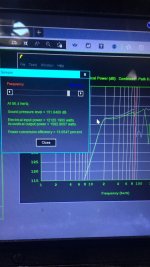 B6862F79-B02A-4B64-9948-8A105DF429F0.jpeg516.1 KB · Views: 62
B6862F79-B02A-4B64-9948-8A105DF429F0.jpeg516.1 KB · Views: 62 -
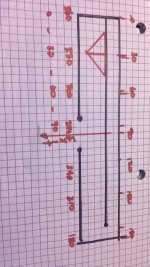 F140B0A9-3F55-478A-B83D-C17A8BFBAF2B.jpeg498 KB · Views: 54
F140B0A9-3F55-478A-B83D-C17A8BFBAF2B.jpeg498 KB · Views: 54 -
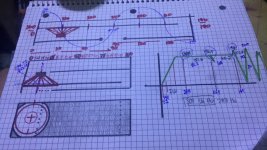 6CAF7C93-18DB-46BE-A036-80478E22861C.jpeg496.2 KB · Views: 61
6CAF7C93-18DB-46BE-A036-80478E22861C.jpeg496.2 KB · Views: 61 -
 65834F51-470B-4B1D-82B0-857599953164.jpeg96.1 KB · Views: 61
65834F51-470B-4B1D-82B0-857599953164.jpeg96.1 KB · Views: 61 -
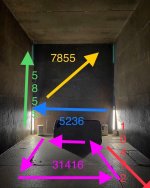 02B3B544-E79E-4F0F-9369-01D7703380DA.jpeg261.7 KB · Views: 62
02B3B544-E79E-4F0F-9369-01D7703380DA.jpeg261.7 KB · Views: 62
never fails …
?
?
Attachments
-
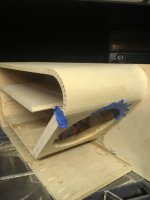 A113BF76-E1BC-4FE7-AE52-184B24243BFB.jpeg505.6 KB · Views: 69
A113BF76-E1BC-4FE7-AE52-184B24243BFB.jpeg505.6 KB · Views: 69 -
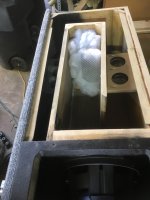 D093979A-7B0C-476F-AF84-B4541DB6593C.jpeg691.2 KB · Views: 66
D093979A-7B0C-476F-AF84-B4541DB6593C.jpeg691.2 KB · Views: 66 -
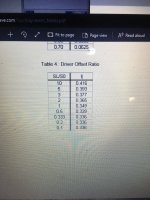 28E3643E-7F6F-423E-B060-F857A9BC917D.jpeg1.3 MB · Views: 76
28E3643E-7F6F-423E-B060-F857A9BC917D.jpeg1.3 MB · Views: 76 -
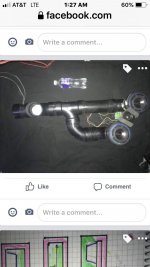 312C9F41-5B19-40D5-93B6-993EE2575C81.jpeg105.9 KB · Views: 72
312C9F41-5B19-40D5-93B6-993EE2575C81.jpeg105.9 KB · Views: 72 -
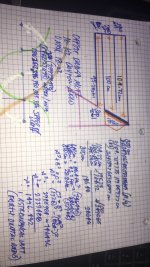 5BB250E8-D377-429E-B74E-1C1E99C98092.jpeg472.7 KB · Views: 65
5BB250E8-D377-429E-B74E-1C1E99C98092.jpeg472.7 KB · Views: 65 -
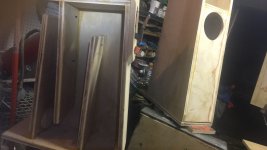 AAE9E350-546C-4967-953A-4248343055AE.jpeg392.1 KB · Views: 64
AAE9E350-546C-4967-953A-4248343055AE.jpeg392.1 KB · Views: 64 -
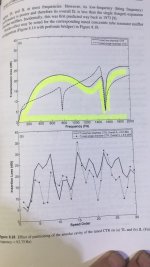 020C1FA3-423A-4CAA-85AF-1EA7F7614F65.jpeg341.5 KB · Views: 69
020C1FA3-423A-4CAA-85AF-1EA7F7614F65.jpeg341.5 KB · Views: 69 -
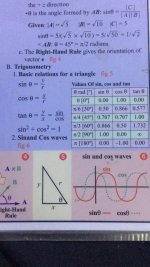 16D98B74-61E2-4C83-A28E-1EF6AE95EA2D.jpeg429.8 KB · Views: 72
16D98B74-61E2-4C83-A28E-1EF6AE95EA2D.jpeg429.8 KB · Views: 72 -
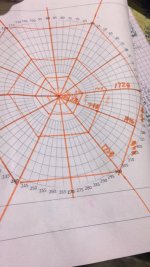 7F22F859-73C4-49E3-9AFA-B5502A21DA62.jpeg384.3 KB · Views: 68
7F22F859-73C4-49E3-9AFA-B5502A21DA62.jpeg384.3 KB · Views: 68 -
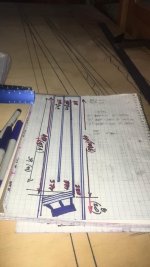 EC996005-5BED-4D90-A086-AF2F5AFAF09B.jpeg64.2 KB · Views: 68
EC996005-5BED-4D90-A086-AF2F5AFAF09B.jpeg64.2 KB · Views: 68 -
 68E12F98-184D-46F7-B494-B97469E0CAE3.jpeg61.9 KB · Views: 66
68E12F98-184D-46F7-B494-B97469E0CAE3.jpeg61.9 KB · Views: 66 -
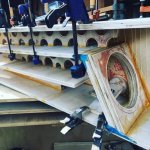 E12B9A26-210E-4EE5-9242-B5861B07F966.jpeg127.8 KB · Views: 67
E12B9A26-210E-4EE5-9242-B5861B07F966.jpeg127.8 KB · Views: 67
with all due respect I’ve come to conclusion you’re a retard of sorts …🙏🏻 i mean that in the most concerned wayMaybe because
1/2.54?
2,4,8,16,32,64,128(50393(6)? not 39.37?
help yourself jean-paul🤝Please send me some of the stuff you smoke.
‘diy audio’ where we talk about …. 🤷? yesterday’s approach to yet unresolved or interesting things in audio/antennas? guess they’ll remain unresolved for ‘diy audio’ …
god forbid anyone suggest anything, even with measurements that match simulation . what could possibly be more (?) —-i dunno
Attachments
Last edited:
24/42? Because 24 is the ONLY NUMBER (and its scale fractal values (*10^n)) whose reciprocal value (.041666 ≈ .042) rounds to its palindrome AND whose ratio versus palindrome (when equilibrated to the same order of magnitude): (24/42 and 42/24, is equal to ANOTHER PALINDROME and RECIPROCAL “Mirrored” Pair: .571 and 1.75. This EXTREMELY UNIQUE mirrored characteristic can be found NOWHERE ELSE in the entire Universe of Number. Add this to the fact that 4*3*2 = 24 and that 2+4 = 6, also known as the “Perfect” Number because its factors also sum to its value (6). 24 is THE number that creates ‘Four-Fold’ (Mirrored) Quaternion Symmetry (One ‘Real’ Plane + Three Imaginary Planes of numbers) inherent to Trigonometry and is therefore the basis of the Prime Number pattern and logarithmic distribution. Therefore, (excluding Primes 2 and 3): Prime (n^2) ARE ALWAYS equal to a multiple of 24 + 1 infinitely (and without exception). Talal Ghannam PhD and Robert E Grant wrote a proof of this in their publication (Numberphile also made a short Youtube video substantiating this proof a few months after its first publication in June of 2018 on Archive.org): ‘The Accurate and Infinite Prediction of Prime Numbers Using the Novel Quasi Prime Methodology’, which can be found on Cornell University’s website: ArXiv.org.
- Home
- Member Areas
- The Lounge
- adventures in ‘wtf’ again?
